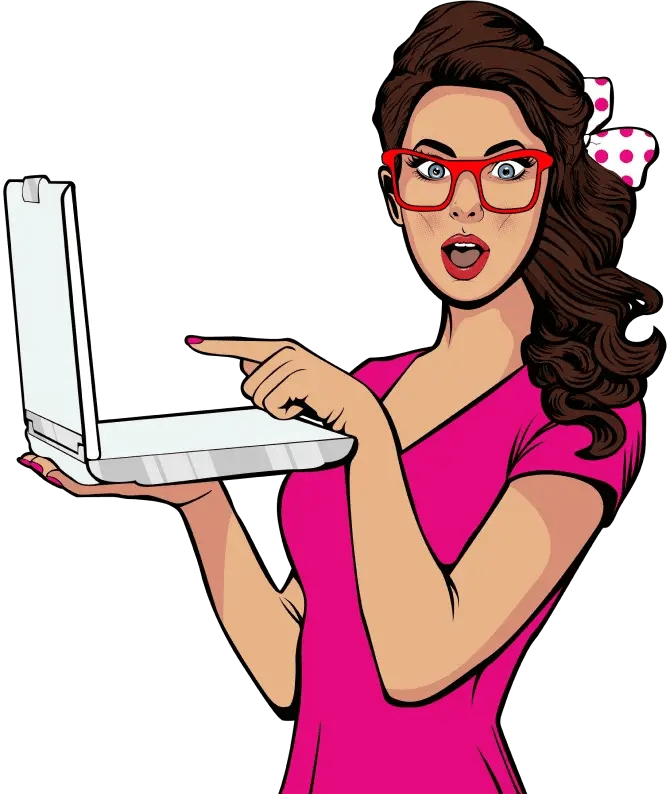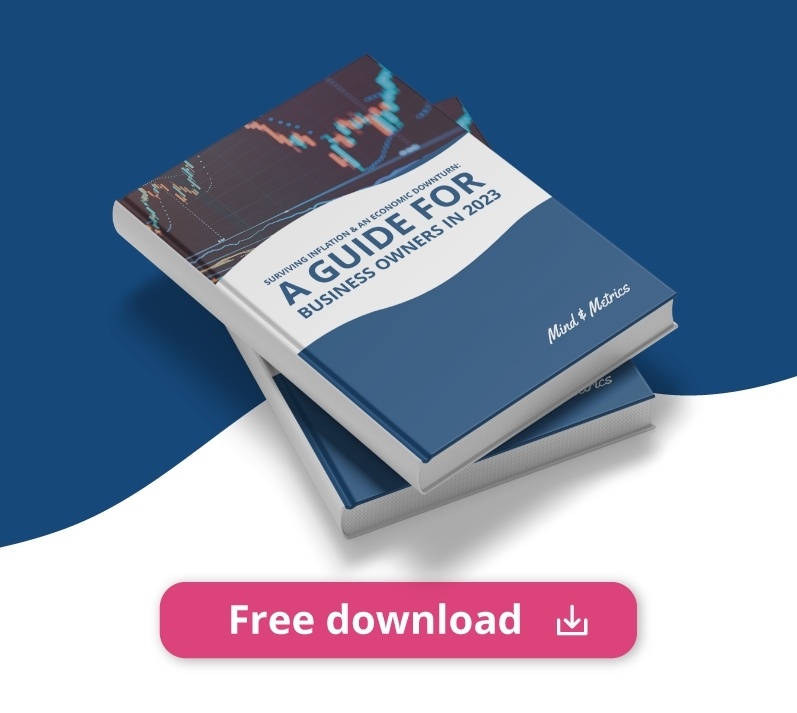Experience firsthand how Mind & Metrics + Supered.io can help your business streamline execution, eliminate unnecessary back-and-forth, and ensure AI accelerates growth—without the chaos.
How to Combat Inflation by Optimizing the Customer Experience
Customer retention is the foundation of a successful business. While maintaining a loyal customer base is beneficial in any economic climate, it’s especially important during economic downturns. Why? Because it’s much cheaper to retain existing customers than it is to find new ones. Customer acquisition costs are on the rise, so the more you need to focus on lead generation, the more money you will need to invest in marketing and advertising campaigns.
In addition, loyal customers are the biggest proponents of your business. A recommendation from a friend is more trustworthy than any marketing campaign could ever be, and good reviews boost your company’s reputation.
How do you ensure customers want to keep coming back? It all starts by optimizing the customer experience journey, or CX journey. What is a CX journey, and what does CX optimization entail? Read on to find out.
What is a CX Journey?
A CX journey is defined as the interactions your customers have with your business, from the first time they hear about your company, to the process they go through to make a purchase. The CX journey also includes the channels through which your customers can reach out post-purchase, to address any issues they’re having with their purchase.
If you sell anything, you have a CX journey. Whether that journey goes smoothly for your customers is a different story.
CX journey optimization entails removing any friction that may be present throughout the buyer’s journey, so you can remove anything standing in the way of lead conversion and customer retention.
What is meant by friction?
Friction in this context refers to a frustrating, confusing, or otherwise unpleasant interaction that a potential customer may have during the buyer’s journey. Friction is what stands in the way of conversion. It makes leads lose patience and gravitate towards your competitors instead of you.
Some unfavorable interactions that may result in an existing customer going elsewhere for their needs include:
- The customer reaches out to customer service with an issue, and the representative has difficulty tracking down their order details. Speaking to your sales and customer service teams feels like working with two different companies.
- It’s difficult to get in contact with your company. There is no “contact us” page (or it’s hard to find) and email inquiries go unanswered.
- Content that is crucial to understanding how to use your product/service, like instructional eBooks, is gated. Even if a piece of content is free, most people don’t want to go through the effort of filling out a form to get a basic understanding of your company.
- Poorly timed lead nurtures, or ones not based on personalization factors. Lead nurtures that have emails that are scheduled out a few days apart from one another and don’t have anything to do with customer behavior may not come across as “human”.
How to optimize the CX Journey
Tip 1: Map out your journey
Think about all the interactions, also known as touchpoints, your leads and customers may go through as they get closer to making a purchase. How do your leads discover your company? What are all the necessary parts of your purchasing process?
To start your map, take inventory of all potential touchpoints across the whole journey. Touchpoints for returning customers may be different from that of new customers, so take stock of those as well. Returning customers are already aware of your business, and won’t need to go through the exploratory measures that new customers do. They may be subscribed to any newsletters you have, or follow you on social media.
Examples of touchpoints that only returning customers will encounter are:
- Renewal options (for subscriptions or retainers)
- Email newsletters
Examples of touchpoints for new or returning customers:
- Blog posts
- Organic social media content
- Social media ads
If you’re unsure what a CX journey map should look like, check out this list of templates. There’s no one “right” way to map out your CX journey, as long as it’s organized and contains all the necessary information.
Mapping out your journey will help you identify any potential areas of friction.
Tip 2: Run your employees through your journey
Have some employees of your company follow the touchpoints you identified in your journey mapping, so they can provide some real-time feedback. You’ll gain a much more comprehensive understanding of your customer journey, and better understand how to improve the experience.
Be open to any feedback from the employees who go through the CX journey, and work with them to patch up any issues that were identified along the way.
Tip 3: Survey customers
The best way to know how customers are feeling is to simply ask them. Send short NPS surveys to your customers asking them about their purchasing experience so far, and whether they feel inclined to recommend you to their friends. Include space for them to discuss how their experience could be improved, and ask if they encountered any issues.
Tip 4: Automate customer service replies as much as possible
Even with a dedicated customer service team, you can’t be available to answer questions 24 hours a day, 7 days a week. Also, teams only have so much bandwidth, so if there is an influx of customer questions, your wait times will increase and your loyal customers may not feel so appreciated.
Automated chatbots are a great way to save your CS team time while making your customers happy. Pay attention to the most common questions that customers ask - preferably questions with simple answers like, “What is your return policy?” or “What are your subscription tier options?”. Program the chatbot to direct customers who ask those questions to the proper resources. This way, if a customer has a more nuanced or unusual question, they can get through to CS quicker.
Tip 5: Reevaluate buyer personas
Over time, your products and services will likely evolve. With these changes may come a shift in who your ideal buyer is. If you’re having issues with customer acquisition and retention, maybe you’re targeting the wrong type of person.
Think about any permutations your offerings have gone through, and evaluate your current areas of success, as well as where you’re falling short in terms of conversion rate. What content are your customers and prospects interacting with?
Review your buyer persona profiles and see if they still match up with the type of people who are gravitating towards your company.
Stay strong during the economic downturn
Customer acquisition costs are on the rise, so in this current climate the best method for maintaining your bottom line is investing in customer retention. Want more tips on how to prepare your business for inflation? Download our free eBook, Surviving Inflation & an Economic Downturn: a Guide for Business Owners in 2023, below.

